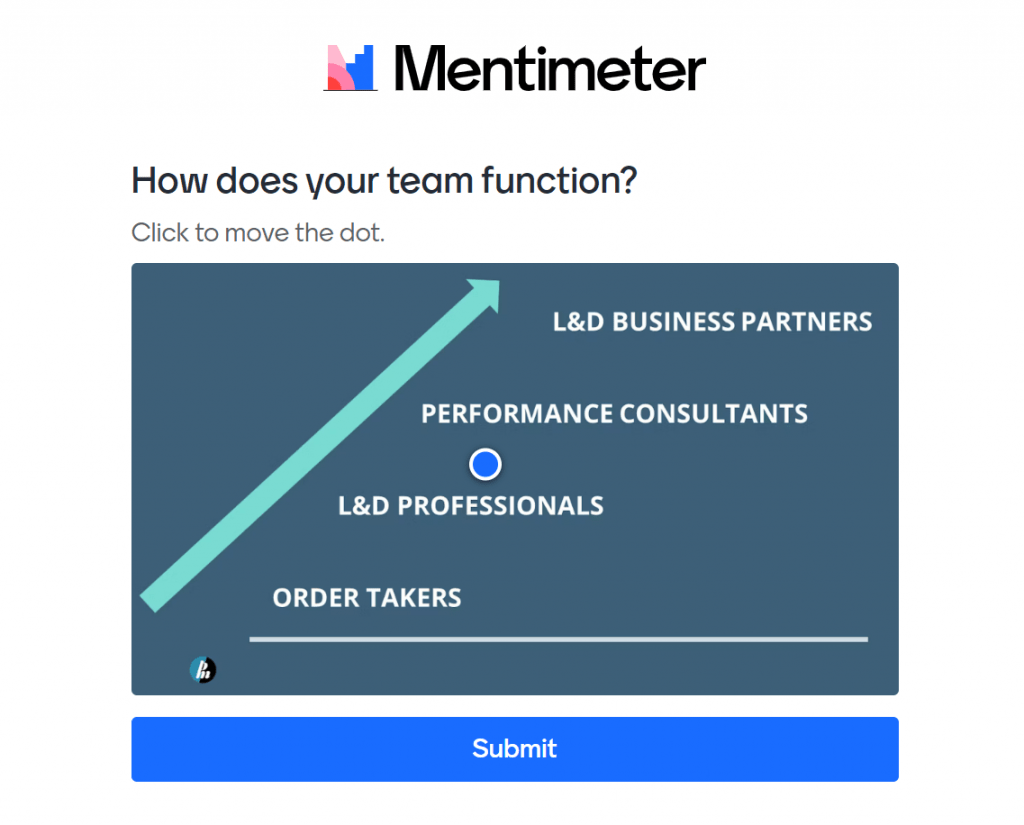When I was little, my family had a large vegetable garden in our backyard. It seemed to get larger over the years, and my memory is that it was half the size of the backyard by the time I was a teenager. We grew various vegetables – some more successful than others and some years better than others. One year I remember there were a ton of zucchini, and they were huge! My older brother and I took it upon ourselves to load up the red wagon and go door to door to sell zucchinis to our neighbours.
I can’t remember if we made any money, but I remember loving the activity and feeling like we were reaping the benefits of our hard labour (or maybe my parents’ hard labour!)
Fast forward 40+ years, and I work in learning and development. I’m not selling zucchinis anymore, but performance and having a sense of accomplishment is still at the core of who I am. Performance is the cornerstone of my practice. Performance matters because it’s through performance – achieving targets, improving efficiency, or providing the best customer service – that organizations grow.
Performance Matters
There is no standing still because time is moving forward.
– Greg Lake, British musician
Organizations need to grow and adapt to survive. Whether a corporate business increasing sales or not for profits and government agencies improving services, all need to adapt and grow.
There are different ways to impact performance. Operations use approaches like Lean Six Sigma to streamline processes and improve performance. Information technology uses software and automation to improve performance and drive company growth. I impact performance through learning and development.
Learning Matters
“It is not the most intellectual of the species that survives; it is not the strongest that survives; but the species that survives is the one that is able best to adapt and adjust to the changing environment in which it finds itself.”
– Charles Darwin1
Evolution of learning and development
For instructional designers, facilitators, trainers, etc., their focus is on performance. Designers and facilitators need to ensure the training they provide can be applied, addresses the performance need and therefore supports the business results. They need to understand their participants’ work environment, challenges, and obstacles to doing their work.
Learning and development managers
Impacting performance through learning starts with the training team, which is a function like marketing, sales or operations. It may be embedded in human resources, operating as a function. There’s a journey or evolution of training and learning in an organization. The journey begins with training as a function offering varying degrees of value and culminates with learning embedded in the organization. Let’s look at each stage of this journey.
Training as a cost centre
I often hear learning and development professionals describe – complain even – that they are order takers. A line of business has a training request, and they design a course to meet their needs. There may be a legislative change or regulatory requirement the organization needs to comply with, and looks to training to meet that need.
The interactions between the training function and the business are transactional.
Executives and senior leaders in the organization view training as a cost centre. It’s a line item on the expense side of the profit and loss statement. There is no ability to measure the impact of training beyond ‘vanity metrics’ such as the number of employees who completed training.

Training as a service provider
Thankfully not all training functions are viewed as cost centres. Executives and senior leaders perceive many training functions as providing a service. As a service provider, the training manager and his team view themselves as learning and development professionals with expertise in adult education, instructional design and facilitation. They bring this expertise to bear when supporting their internal clients and the broader organization.
The interaction between the training function and the business is focused on execution. The team is responsive, designs quality training materials and is able to implement quickly.
Training as a valuable contributor
There is an opportunity to move beyond a team of learning and development professionals and have a team of performance consultants. With this mindset and expertise, the training function provides value to the business. Team members work hard to understand their internal clients and apply a learning lens to performance needs. Executives and senior leaders perceive the value the training function provides.
The interaction between the training function and the business is consultative. Staffed with performance consultants, the training function provides training, learning and performance solutions.
Training as a business partner
Finally, the evolution of the training function culminates when the manager and team position themselves as learning and development business partners. With this approach, they are equally comfortable interacting with and speaking the language of their business clients and their learning and development colleagues. They deeply understand the business – how functions operate and form a system – and how they can align training programs to business needs and metrics. Executives and senior leaders view the training function strategically, seeking input in decision-making and when implementing strategic directives.
The interactions between the training function and the business are collaborative. The manager and her team work together to jointly solve performance and business issues. While solutions have a distinct learning and development focus, they may also include process improvements, organization design ideas, or staffing solutions.
This type of relationship is a far cry from the training function operating as order takers and being perceived as merely a cost centre.

Let me share an analogy to illustrate this journey. Picture two boats on a lake. One represents the training function, and the other represents the business.
- If the training function operates as order takers, the manager and team are in their training boat receiving requests for training.
- Suppose the training function operates as learning and development professionals. In that case, they look at what’s happening in the business boat to anticipate upcoming requests and align the learning design with the business.
- If the training function operates as performance consultants, the manager and team step out of their boat into the business boat to understand the business and their needs. They step back into their boat to design and deliver the training. They easily jump back and forth.
- Finally, if the training function operates as learning and development business partners, they have one foot in each boat. It’s a balancing act, and the boats may drift apart, so they need to work hard to keep them aligned. What it means, though, is that they can simultaneously understand the business and bring a learning and developing lens to collaborate and jointly solve performance and business challenges.
To be fair, I’ve presented this journey as a linear progression. In reality, the training function often moves seamlessly between these stages depending on the client, the team members, the need and the level of trust the training manager and client have with each other.
I’m curious if this journey resonates with you. Where would you place your learning and development team? Click the image to participate.

1 There is some debate about the exact wording of the quote and its origin. Read about the finer details here.
In case you missed it
I’ve shared some additional posts online. I’ve been exploring training from an organization’s perspective and learning from an employee’s perspective. Here they are in case you missed them.
- Managers guide their team to manger learning projects and programs – (video link)
- Business acumen to articulate the value of learning and development – (video link)



